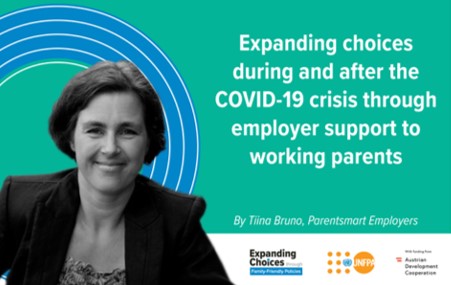Our customers connect the FamSmart Employers initiatives to the following employer challenges and global trends:
- How to offer a sustainable work life with wellbeing and resilience for all
- Lower employee engagement and a higher demand for purpose
- Diversity, inclusion, gender equality and belonging – more concrete action needed
- Changing competence requirements and a war for talent, a need for more attraction and retention initiatives
- New needs for employee and leader development
- More focus needed on wins and ROI/Return on Investment with KPI:s to discuss and track
- How to get managers and leaders on all levels to act as role models to walk the talk
High time for more focus on ROI!
Many employers want to offer an inclusive, gender equal and socially sustainable worklife for all employees.
But most organizations don’t have a clear idea of the wins/values that these policies bring – in the form of better leadership, happier staff members, increased health and lower staff turnover – some of the many examples of the Return on Investment of the initiatives. Only through a true focus on ROI will you be able to engage management and leaders at all levels in promoting the support and even stepping up as role models, leading to a profound change at the workplace.
More Family smart/Parentsmart Employers will contribute to the strive in many countries to change norms and attitudes for helping both women and men live a “whole life”, without having to choose between work and family. It adds to important leverage for both private and public sector employers as well as the societies where they operate.
We have a strong belief in cross border exchange of experience and best practice. For all to develop faster by learning and trying together. All need to collaborate smarter now – employers in both private and public sector, governments, NGO:s, UN organisations, no matter where. And for all, not only parents. It’s a matter of urgency now. And the timing is here.
Read our blog article about the urgency to take action during and after the pandemic: 